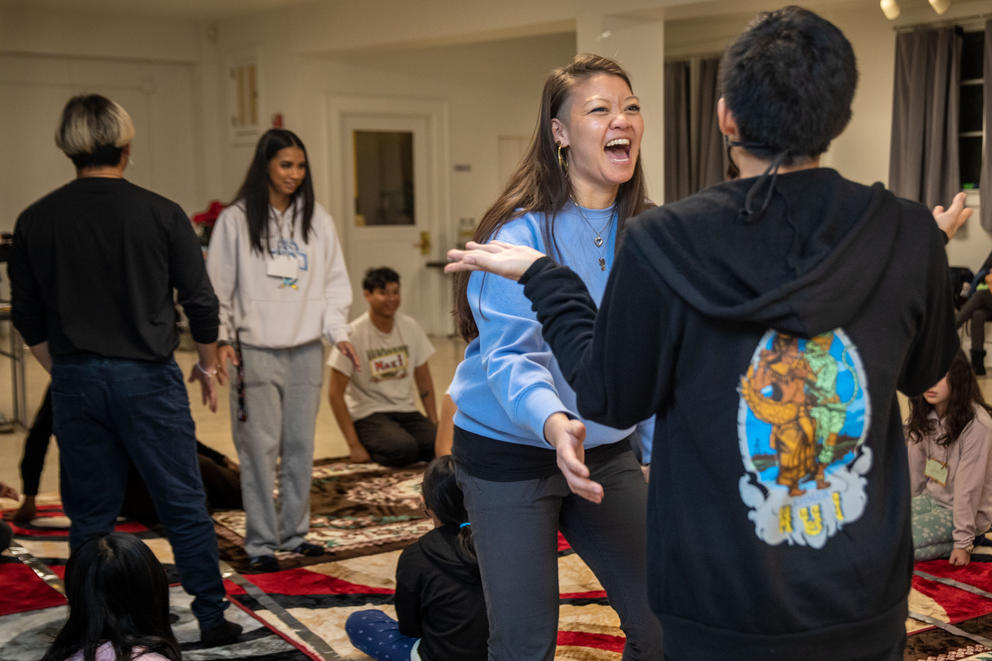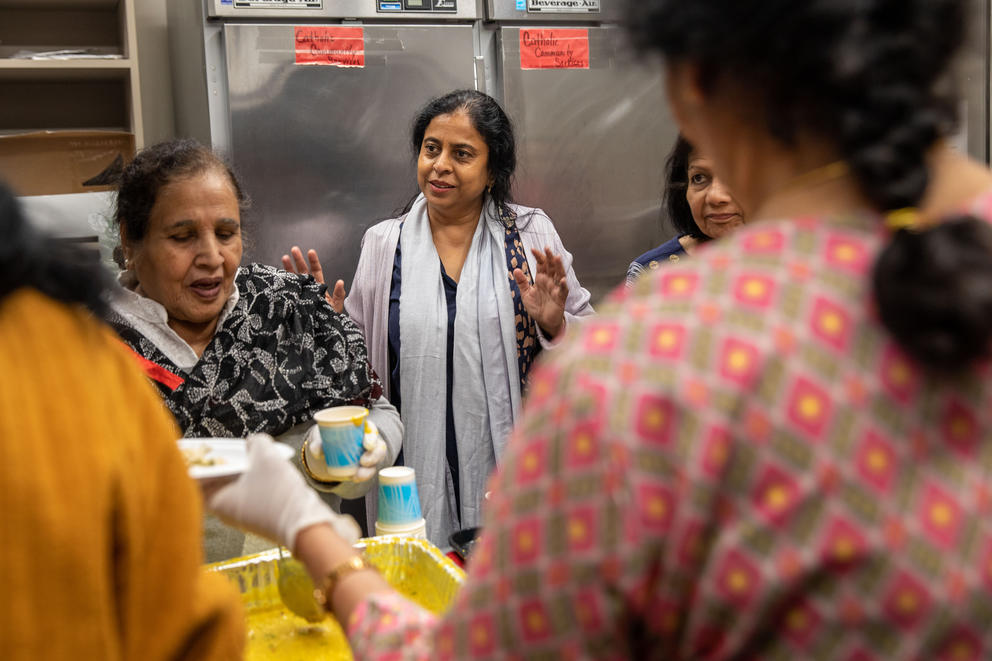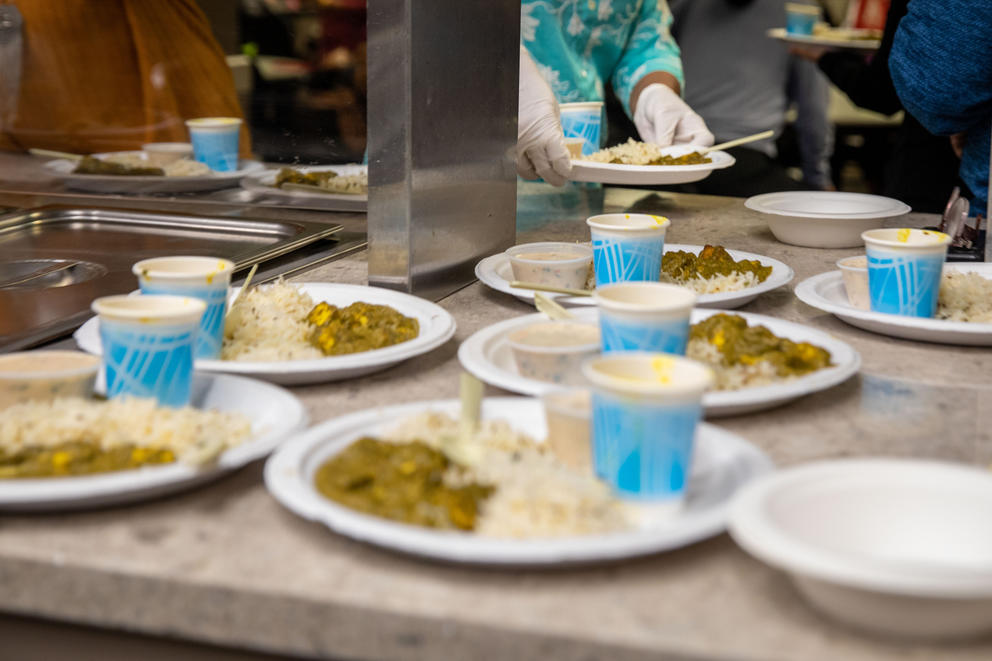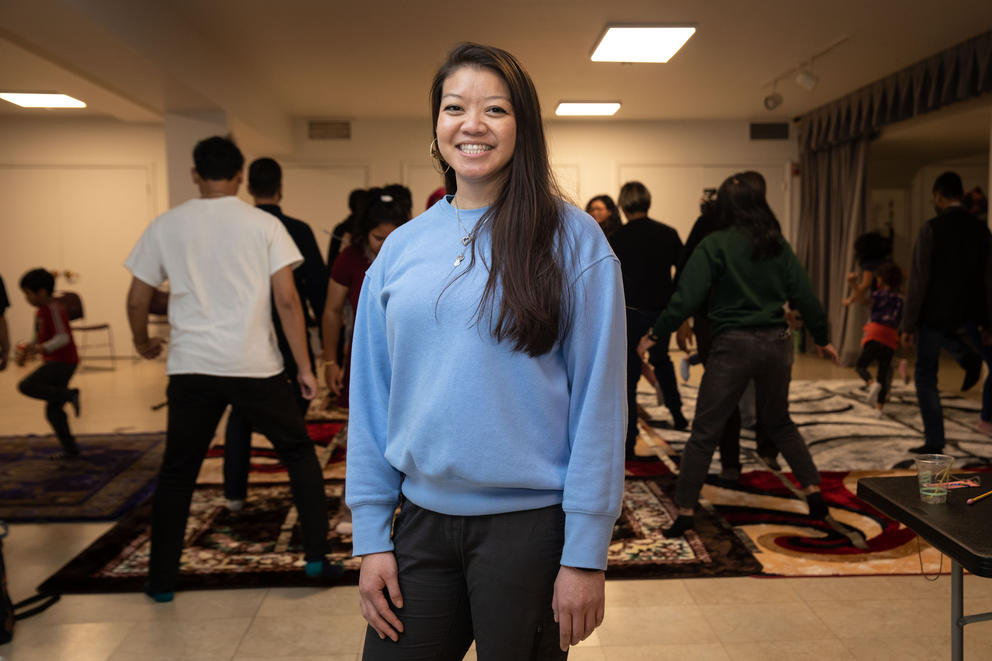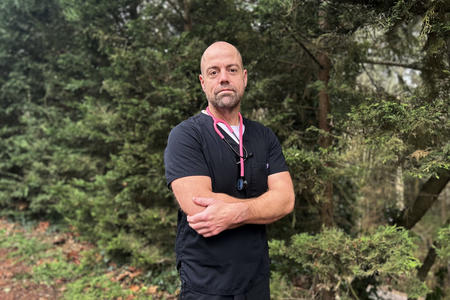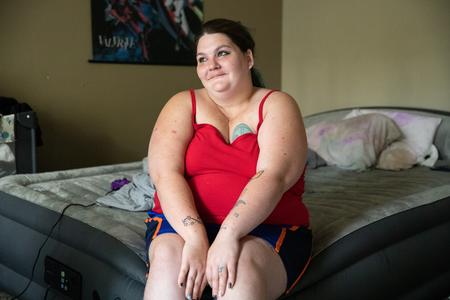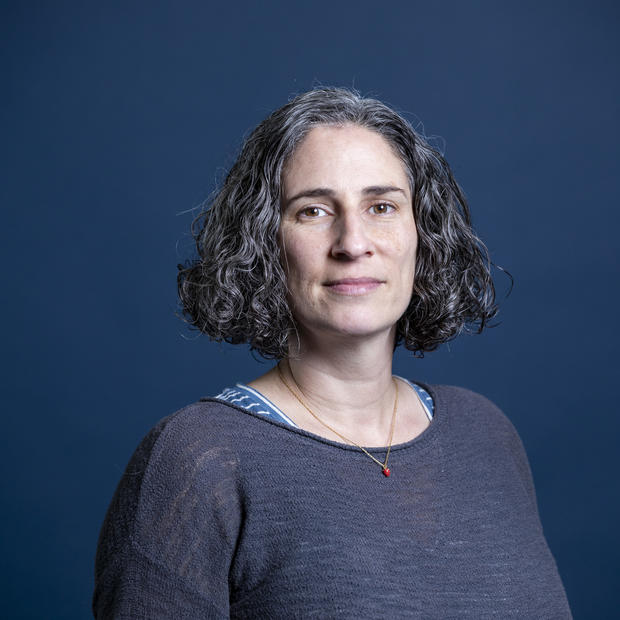Stranded in a rehab center far from his temple and community left him isolated in an unfamiliar environment. The elderly monk does not speak English nor eat Western food, Ros said — more hurdles to his recovery after a slow-growing infection and fall sent him back to the hospital.
“Because of language barriers, because of the [lack of] advocacy, there’s nobody setting him up for success even though he has the strength,” Ros said. “He’s facing all kinds of obstacles to get himself better. And now we’re talking about hospice care versus recovery. We went from recovery to the dying phase.”
Ros has worked as a “community navigator” for Public Health – Seattle & King County for two years as part of a new program launched in response to the unfolding pandemic. She said she has helped steer neighbors and local seniors through misinformation that arose during the health crisis while also acting as a bridge between county resources and the region’s Khmer population.
From this role, Ros said she found herself immersed further into her community, eventually being called to this monk’s bedside, where she hoped to help him through another gap in the health care system — barriers she’s seen many Khmer people face.
This story is a part of Crosscut’s WA Recovery Watch, an investigative project tracking federal dollars in Washington state.
At any one time, King County and Seattle are working with about 30 “community navigators,” many of whom already have deep cultural or neighborhood connections, officials said. Working with them allows Public Health to tap into the navigators’ established networks.
The county has spent about $3.2 million of relief funding on the program between March 2020 and January 2023, according to Kate Cole, a spokesperson for Public Health. The money came from grants awarded by the Centers for Disease Control and Prevention appropriated in the Coronavirus Response and Relief Supplemental Appropriations Act. Funding is currently expected to cover the program through early 2024.
Similar navigator roles have also emerged to guide veterans through the government health care system or to help bridge the digital divide in rural areas. At Public Health – Seattle & King County, officials said their priority has not just been getting out information about services, but also learning what local BIPOC communities have needed as the pandemic has evolved.
“COVID exacerbated many things,” said Ginna Hernandez, who oversees the navigator program for Public Health. “And communities of color disproportionately felt the impact of the loss of jobs and employment insecurity, food insecurity and housing insecurity.”
In addition to language or cultural barriers, navigators said they have worked to overcome a variety of confusing health care challenges, vaccine hesitancy, online misinformation, transportation accessibility and other everyday hurdles that can often exclude disadvantaged or marginalized communities.
All of which, Ros said, has convinced her such programs are needed beyond just the immediate crisis of the pandemic.
“We, as navigators, are trusted messengers,” she said. “We aren’t just telephone interpreters.”
“We are not all tech workers with resources.”
Each Thursday, Indian American Community Services takes over the Bellevue Community Center. Toddlers stomp and sway to music in one room as part of an education class. In the Center’s makeshift library, volunteers fold sweaters for a clothing bank, one of the monthly services offered to immigrant women restarting their careers in a foreign land.
In the largest room, dozens of retirees stretch and twist in their seats during a session of chair yoga. After lunch, a South Asian mental health counselor will lead a discussion for the group.
Tucked in the back of the kitchen, Lalita Uppala, the director of Indian American Community Services, frets over the amount of rice.
“There’s either too little or too much rice,” she said, filling a rice cooker with dry kernels.
For more than three decades, the small organization, which Uppala likens to a startup, has hosted these pop-ups. Staff members fill several roles, including Uppala, who each week can also be found in the kitchen dishing out lunch and ensuring there’s enough to go around. This week there was more than enough rice to accompany the saag paneer and dal.
When Public Health – Seattle & King County hired Uppala as a community navigator a few months into the pandemic, it gained access to the vast network she had developed as the executive director of Indian American Community Service.
“When we started hearing about COVID vaccinations,” Uppala said, “I remember getting at least 400-500 phone calls a day.”
She received questions about who’s getting vaccinated first and where to go. Questions from immunocompromised people. Questions from the East Asian community that likely would have never reached Public Health, much less have been answered, without Uppala as a link.
“There was so much unknown, and then there was fear, and there was insecurity. There was a struggle to figure it out,” she said.
While King County Public Health constantly pushed out COVID-19 information, Uppala said, the agency also needed the right messenger — a trusted ambassador who people saw regularly and who could offer a culturally nuanced approach.
What was missing, Uppala said, was that bridge connecting the agency to the people she serves. Rather than rely on volunteer labor, the department paid navigators for their work using federal COVID funds. The contract workers spent about nine hours a week attending meetings or working on Public Health programs, and another 15 hours interacting with the public.
“Bringing Public Health to the community and bringing community to Public Health,” she said. “I think that was a model that was never experimented before.”
As fears surrounding autism surfaced during the vaccine rollout, some parents turned to Google, Uppala said, becoming overloaded with endless and often inaccurate information. She said she became concerned they were going to lose that demographic in the push to get out vaccines.
Public Health officials helped Uppala quickly set up a webinar to create an avenue for parents to connect directly with medical providers, many of whom were South Asian.
Vaccination rates for boosters still remained lower for many BIPOC groups, according to King County Public Health data. As of the end of January, 68.8% of Asian Americans and 71% of Whites have received a booster dose, while Black and Hispanic/Latino populations lagged, with only 46.7% and 48.1% boosted.
Uppala and Public Health also set up free pantries outside South Asian grocery stores, knowing many would never visit a food bank. Indian staples — rice, oil, lentils — lined their shelves, along with masks and other personal protection equipment. Public Health also helped arrange and pay for car rides to transport elders to testing and vaccines sites, tapping into the out-of-work taxicab driver community.
These programs emerged from listening to the needs of her community. The navigator program wasn’t just a one-way street to push out information to the community, Uppala said, but also a way for minority groups to let the county know what support would be most helpful.
“We are not all tech workers with resources,” Uppala said. “We are also restaurant workers, cab drivers.”
Connecting and communicating
After spending countless hours at the hospital, Thyda Ros watched the Khmer monk make an unexpected recovery. He is no longer receiving hospice care.
Without her and other caregivers translating, making sure he was getting the occupational and physical therapies he needed, and advocating for him to be moved to a facility closer to home, she pictures a much different outcome.
“He’d be long gone,” Ros said. “I hear that many of our elders who entered rehab or nursing homes do not last more than four to six weeks.”
Ros said it’s harder to see the impact of the pandemic on smaller groups like the Khmers, who often get aggregated with the all-encompassing Asian data. She said she believes part of her role is speaking up for how they have been affected.
Stephanie Ung, co-executive director of the Khmer Community of Seattle King County and herself another local navigator, said she watched isolated Khmer families and elders fall through the gaps as public messaging failed to reach them.
News reaches many older Khmers via word of mouth from their friends or family who came to visit them, Ung said, leaving many in the dark. “All they could see is that people were no longer going to work or people were just staying home and afraid and hoarding supplies,” Ung said. “And so they thought that they had to do the same thing, but didn’t have the same context for, like, what is a pandemic?”
This happened because little official COVID-19 information got translated into the Khmer language. Ung said most pandemic news went out only in English. Even though information was translated into the 10 languages most spoken in King County, several smaller communities were left out.
“Just because there’s a small number of speakers with that language doesn’t mean that they also don't need that language access,” she added.
Find tools and resources in Crosscut’s Follow the Funds guide to track down federal recovery spending in your community.
As paid community navigators, Ung and Ros made house calls and conducted outreach to small groups. They often found that mass vaccination clinics didn’t work for their community. They instead asked for small clinics with translators. Public Health followed through, setting up vaccine sites closer to where people lived and providing translators, rather than transporting them to mass vaccination sites.
Without the community navigator program, Ung predicted she and Ros would have been playing catch-up for the entire pandemic, having to scour websites and spending valuable volunteer time tracking down urgent answers and actual data. But with the program, Public Health kept navigators informed with the latest information and provided the space to ask questions of experts.
“It was really an avenue to demand Public Health to move in a certain way that allowed us to access PPE faster, that allowed us to access vaccine slots quicker,” Ung said. “We were really given a platform to vocalize what our priorities were.”
Looking past the crisis
As the pandemic seems to be winding down, Public Health plans to keep the program going, piecing together grants awarded to the department by the CDC. This funding is expected to last through the spring of 2024, as the program shifts focus to the social determinants of health — economic and social conditions that influence health outcomes such as education, housing, food access, discrimination or immigration, according to Public Health spokesperson Cole.
The agency is pursuing additional funding sources to keep the program running longer, as well as asking programs within the department to provide funding for navigators in future budgets.
“If the program comes to an end, we will have limited support when the next public crisis arises,” Ung said. “Due to gaps in digital literacy and access, as well as language and cultural barriers, our Khmer community members are often steps behind, as we saw in COVID-19.”
Ung has already changed course, concentrating now on youth mental health. She wants to see the navigator program continue to branch out and guide minority communities through other social benefits, such as the education or transit system.
“We have elders who have lived here for 40 years and have never taken a bus,” Ung said. “No one wants to feel embarrassed because they don’t know how to operate something or hold up the line because they don’t know how to do something.”
Whether the goal is getting an ORCA card, a license or a vaccine, Ung said she sees more follow-through when there is a guide. Because having someone walk them through the process alleviates anxiety and uncertainty, while also promoting people asking more questions.
“Our community, like many other communities of color, have experienced power being taken away from us,” Ung said. “Having someone by our side who understands the lingo of a system, or how a system works, to be able to push back when it’s not working by design and being oppressive, is very empowering.”

